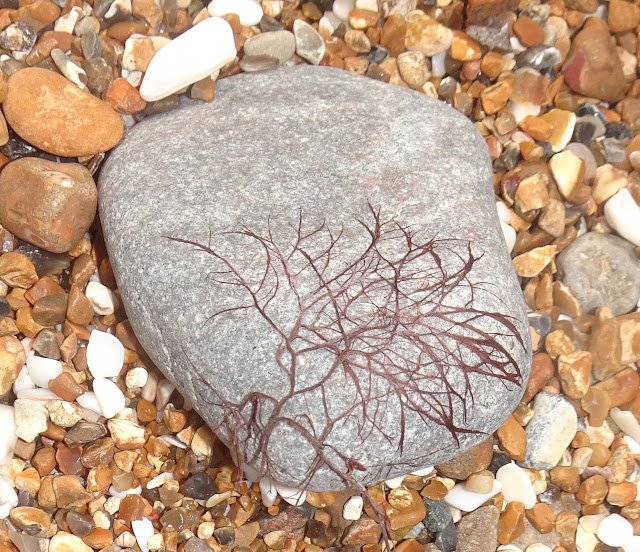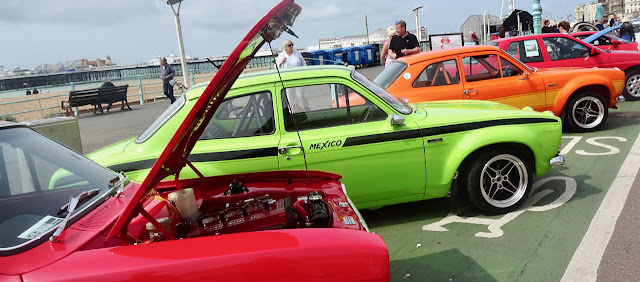Brighton Beach, Brooklyn, is arguably the second most famous Brighton Beach in the world. Named in the late 19th century by developers, it quickly took on a life of its own. The name refers not only to the beach itself but to the surrounding neighbourhood, a vibrant enclave that has evolved dramatically over time.
Originally marshland on the southern fringe of Brooklyn, in the 1870s, Brighton Beach was transformed - initially by the energy of entrepreneur William Engeman - into a fashionable destination. The grand Brighton Beach Hotel, built on 400 pilings driven into the sand, opened in 1878. It promised New York’s affluent classes an elegant retreat by the sea, with live orchestras, gas lighting, and fresh ocean breezes.By the late 1880s, however, the hotel faced a serious threat: the Atlantic Ocean was steadily eroding the shoreline, bringing waves perilously close to the hotel’s foundation. To save the structure, in 1888, Engeman’s son (also William) invested in a remarkable engineering feat: the entire building, estimated to weigh eight million pounds, was lifted onto 112 railroad flatcars laid across 24 tracks and moved approximately 600 feet inland using six steam locomotives. The operation, completed over ten days, was hailed as the largest building move of the 19th century and ensured the hotel’s survival until its demolition in 1924. Much more about the local history can be found at this Coney Island website or Wikipedia.
Since 1878, the area had been linked by rail, making day trips to the beach feasible for the city’s growing middle class. Nevertheless, as the early 20th century progressed, the resort atmosphere began to wane, and Brighton Beach became more of a year-round residential community, though still offering summer relief to generations of families who could not afford more distant holiday vacations. The sandy shore, gently sloping into the Atlantic, was less garish than neighbouring Coney Island and drew a quieter crowd. The famous Riegelmann Boardwalk, dating from 1923, which connects Brighton Beach to Coney Island westward and Manhattan Beach eastward, became - and has remained - a place for promenading, gossiping, and people-watching.
Brighton Beach gained a new identity in the 1970s and 1980s with the arrival of thousands of Jewish immigrants from the collapsing Soviet Union. The beach was suddenly lined with voices speaking Russian, Ukrainian, and Uzbek. Delis and dumpling shops sprang up alongside the boardwalk, and signs appeared in Cyrillic. The neighbourhood gained the nickname ‘Little Odessa’, but the beach never lost its public character. It remained open to all, from families playing dominoes under beach umbrellas to sunbathers from across the boroughs. Hurricane Sandy in 2012 brought flooding and damage, but the community and city worked to restore the coastline, reinforcing dunes and shoring up flood defences.Neil Simon’s semi-autobiographical play Brighton Beach Memoirs brought some attention to the locale. Published in 1982, it was set in the 1930s. In 1983, it received the New York Drama Critics’ Circle Award for Best Play. Some 40 years later, in 2024, the beach stepped into a brighter spotlight with the release of Anora, an Oscar-winning film that made effective use of the location’s gritty warmth and visual character, with scenes filmed on the boardwalk and beach.
Check out Brooklyn Magazine’s Insider Guide to Brighton Beach if you’re planning a visit.






.jpeg)







